bernyneedshelp
TPF Noob!
- Joined
- Oct 2, 2016
- Messages
- 42
- Reaction score
- 2
- Can others edit my Photos
- Photos OK to edit
I'd use a telephoto before a macro for aquarium animals. Macros are great when you can get in close, but with glass and several inches (or even feet) between the lens and the subject a tele will work better.
This is more about photographs, but it can be applied to video as well.
Thanks, and what about wide angle lenses, what are they useful for?


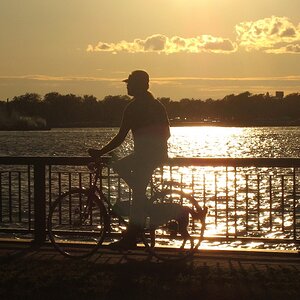
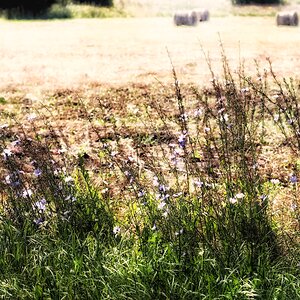

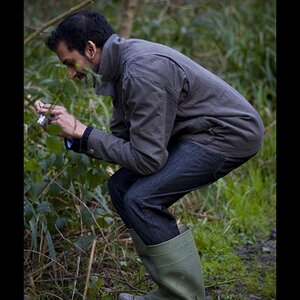
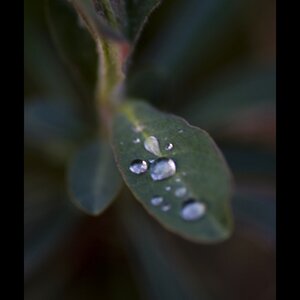
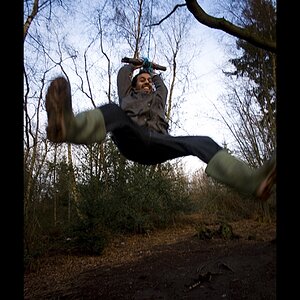
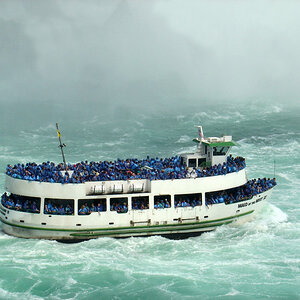
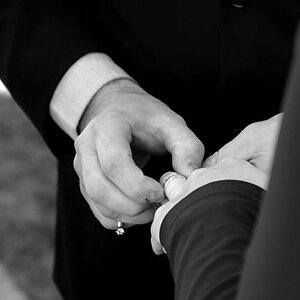
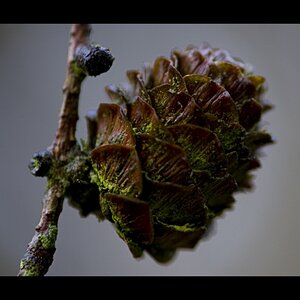
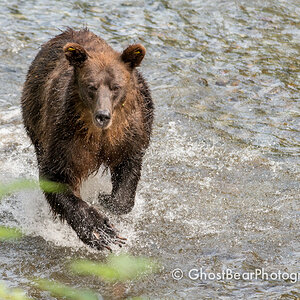

![[No title]](/data/xfmg/thumbnail/41/41898-2c70795ddfa6b397714acc28e3e5d36f.jpg?1619739936)